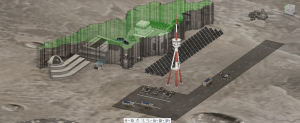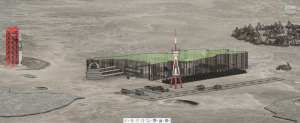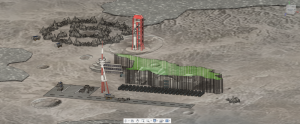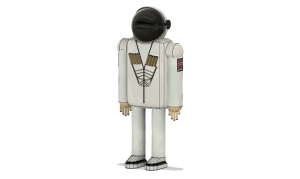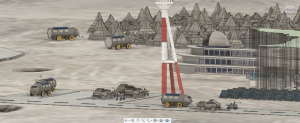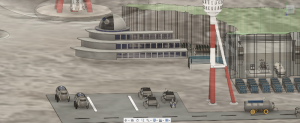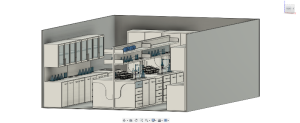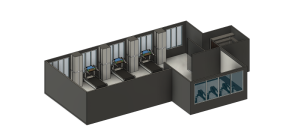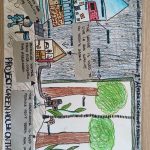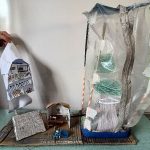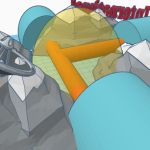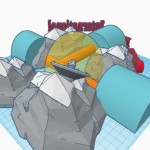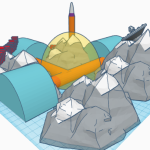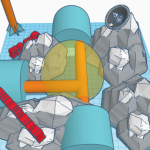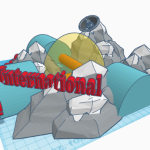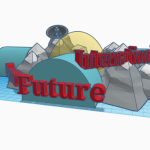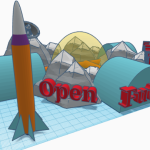Chakrulo by Chakrulo
Zestaponi Revaz Mumladze Public School №7 Zestaponi-Tbilisi Georgia 14 years old, 15 years old, 16 years old 5 / 3 English Moon
External Viewer for 3D Project
Project description
The name of our camp is “Chakrulo”. This is a Georgian classical song. In 1977, the program “Sounds of the Earth” recorded on automatic discs placed on interplanetary stations was launched, which aims to provide information about the Earth to extraterrestrial civilizations. The purpose of the camp is to determine whether it is possible to create artificial ecosystems on the moon and grow Georgian culture – vines and wheat on the created soil, because there is a large amount of nitrogen in the soil and we will probably be able to grow plants using them. Scientific research and observations will be carried out in the building located near the camp, which looks similar to the Abastumni observatory, which once again emphasizes that we are Georgians. The camp will be provided with necessary facilities such as bathroom, kitchen (with its own supply section), bedroom, living room, sports, laboratory and communication rooms. We are going to place the camp on the Shackleton Crater, specifically on the outer terrain near the crater, which is located on the south pole of the Moon. Scientists have found large amounts of hydrogen in the crater, indicating the presence of ice in Shackleton. The peaks along the rim of the crater are almost continuously illuminated by sunlight. We are going to install flat mirrors in the corners of the sun, so that the mirror will reflect the light and give it to us again, in the desired place. We can get water in the crater by melting ice. Our camp will be equipped with modern equipment that will provide the camp with clean drinking water. Water obtained by melting ice will be filtered by water electrolysis. We will use plants grown in our greenhouses as food. In these greenhouses there will be technologies that will create good conditions for plants to grow. For soil fertility, we will use mulch, a soil cover made of natural materials, which cuts water consumption in half, improves soil structure, and protects it from water and wind erosion. Over time, it will turn into natural humus. In the greenhouse, we will plant plants that emit a lot of oxygen, such as sansiveria, dracaena and schefflera. We carry backup ampoules such as hydrogen peroxide in case of air dispersion or shortage. Astronauts on the moon will have a large amount of household and other waste. Waste will be collected in smart trash cans, recycled and reused. To successfully reach the moon, we will use the Saturn V rocket, which we will load with the necessary and important technologies and tools. The launch pad of the rocket is located away from the camp so as not to damage it during takeoff. We’ll also have a rover with thermal management capabilities and radiation shielding in the harsh lunar environment, designed to carry scientific equipment that will help astronauts dig, among other things.
#3D Design
Other Projects
Miner’s Colony on Moon by Open Future International
Senay, Yasmin, Asli & Lilian’s Moon Base MJ3LCE



